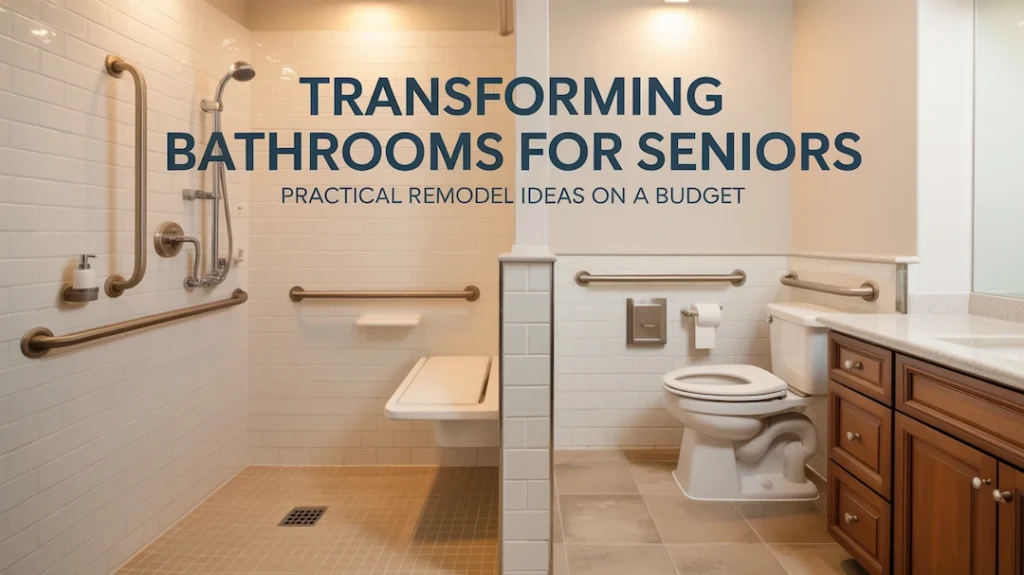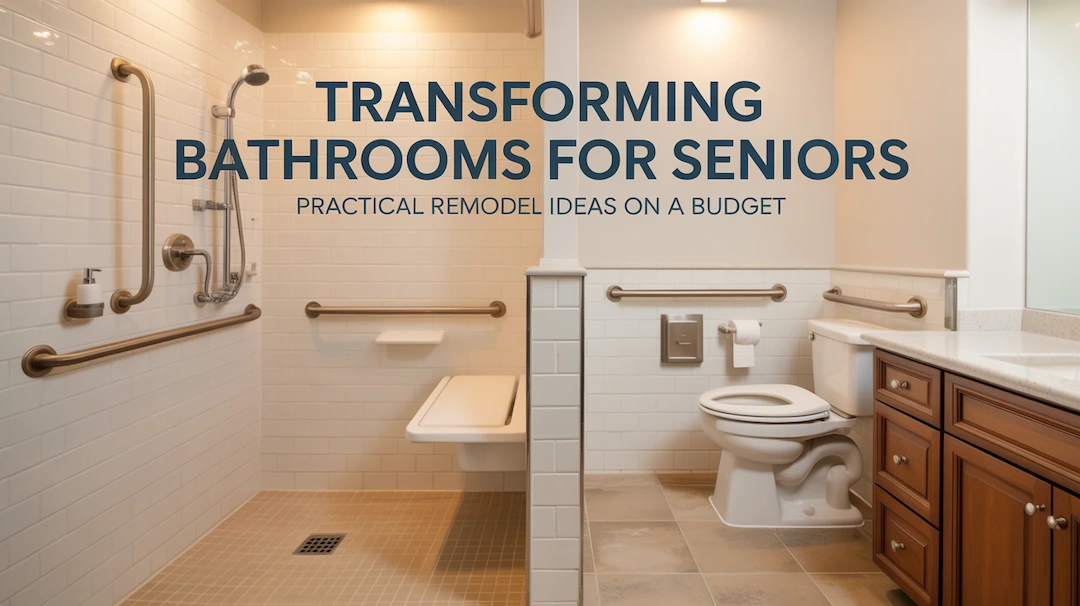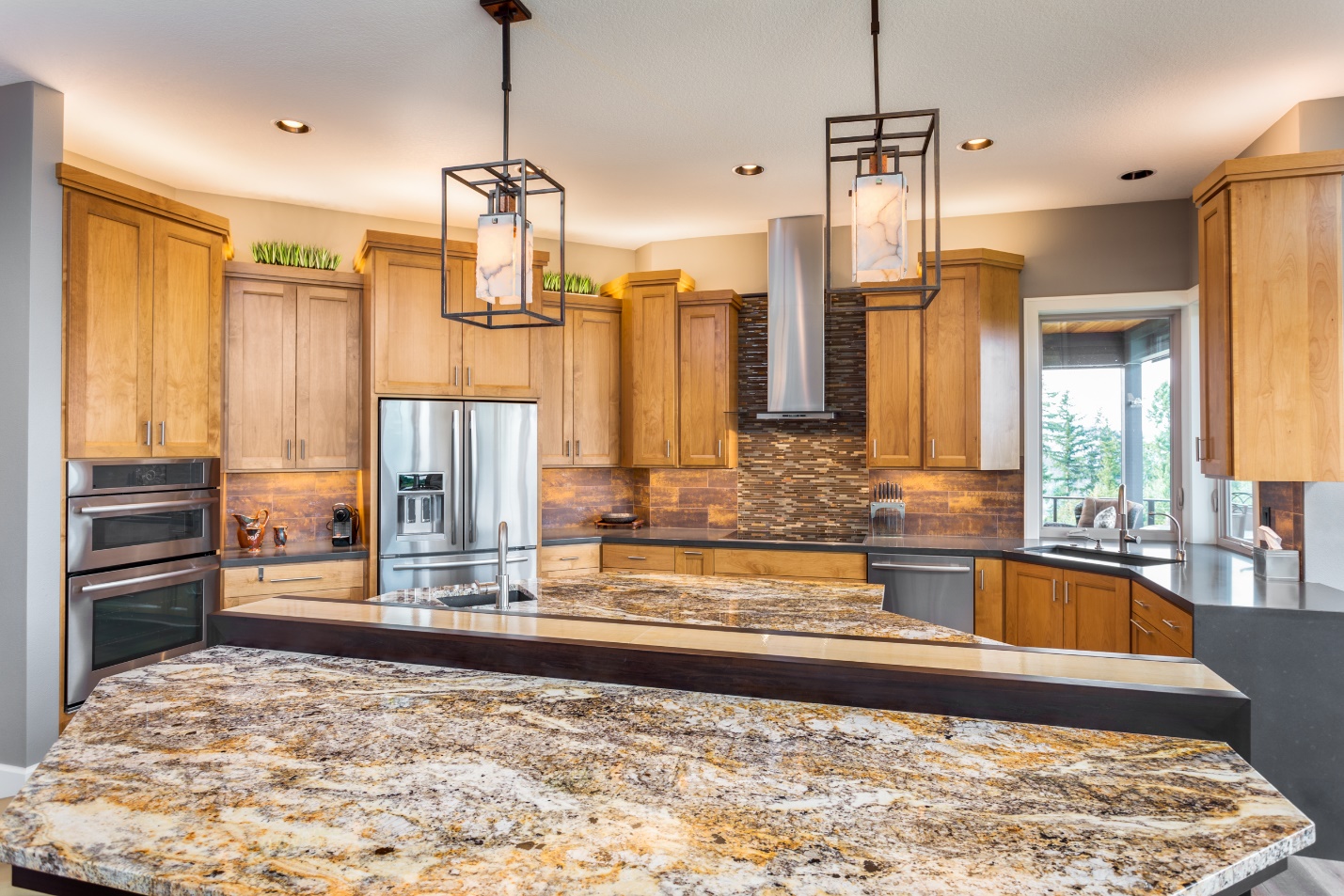As more families embrace aging in place, bathroom safety has become a top priority. For seniors, the bathroom is one of the most hazardous rooms in the home—slippery surfaces, high tub walls, and poor lighting contribute to thousands of falls each year. The good news? You don’t need a full-scale renovation to make a bathroom safer and more accessible. With smart, budget-friendly upgrades, you can transform this space into a secure, comfortable environment that supports independence—without breaking the bank.

Content
Start with Non-Slip Flooring
One of the most effective and affordable safety upgrades is installing non-slip flooring. Replace worn vinyl or slick tile with textured, slip-resistant mats or adhesive strips for under $50. For a more permanent solution, consider peel-and-stick anti-slip tiles, which are easy to install and come in a variety of colors and finishes. These small changes drastically reduce the risk of falls, especially when stepping in and out of the shower or tub.
Install Grab Bars in Key Areas
Grab bars are essential for stability and balance. Place them near the toilet, inside the shower, and beside the tub to provide secure handholds. Choose models that are ADA-compliant and can support up to 250 pounds. Installation is simple with the proper hardware and wall anchors, and many kits cost less than $100. Avoid towel bars as substitutes—they aren’t designed to bear weight and can lead to serious accidents.
Upgrade to a Walk-In Shower
Replacing a traditional tub with a walk-in shower is one of the most impactful changes you can make. Curbless or low-threshold showers eliminate the need to step over a high edge, making entry and exit safer and easier. Prefabricated shower bases and wall kits are available for as little as $800–$1,500, and many are designed for DIY installation. Pair with a shower chair or bench for added comfort and safety.
If a full shower remodel isn’t in the budget, consider the most affordable walk-in bathtub conversion kit. These kits allow you to convert an existing tub into a walk-in unit by cutting a low-entry door into the side of the tub. Installation is faster and less expensive than a complete replacement, often costing under $2,000. Look for models with watertight seals, anti-scald valves, and easy-to-use handles to ensure both safety and convenience.
Improve Lighting and Visibility
Poor lighting is a major contributor to bathroom accidents. Replace dim fixtures with bright, energy-efficient LED lights. Install motion-sensor nightlights along the floor or near the toilet for safe nighttime use. Consider adding a lighted mirror or under-cabinet lighting to reduce shadows and improve visibility during grooming tasks. Smart lighting systems can be programmed to turn on at dusk or when motion is detected, offering both convenience and safety.
Choose the Right Shower Curtain
For families keeping a tub, the right shower curtain can make a big difference. Standard plastic curtains can cling to the body, creating tripping hazards. Instead, opt for weighted or magnetic-bottom curtains that stay in place. For a stylish, functional upgrade, consider shower window curtains from Country Village Shoppe. These decorative yet practical curtains add charm to the space while helping to contain water and improve visibility—perfect for creating a warm, inviting bathroom that’s still senior-friendly.
Add a Raised Toilet Seat or Commode
Standard toilets are often too low for seniors with limited mobility. A raised toilet seat can add 3–5 inches of height, making sitting and standing easier. These seats are affordable (under $50) and can be installed without tools. For greater support, consider a wall-mounted toilet or a bedside commode with armrests. Some models even include built-in bidets for added hygiene and comfort.
Optimize Storage and Accessibility
Clutter increases fall risk and makes daily routines harder. Replace high cabinets with open shelving or lower-mounted storage. Use labeled bins and pull-out drawers to keep essentials within easy reach. Install a medicine cabinet with built-in lighting and a magnifying mirror for safer grooming. Keep frequently used items—like soap, towels, and medications—within arm’s reach to minimize bending and stretching.
Consider Water Temperature Safety
Scalding is a real danger, especially for seniors with sensitive skin or reduced sensation. Install an anti-scald valve or thermostatic mixing valve to regulate water temperature and prevent burns. These devices ensure the water never exceeds a safe level, even if someone accidentally turns the hot water up too high.
Transforming a bathroom for a senior doesn’t require a luxury remodel. With thoughtful, budget-conscious upgrades, you can create a space that’s safe, functional, and comfortable. From non-slip flooring and grab bars to affordable walk-in conversion kits and better lighting, each change adds up to greater independence and peace of mind. Whether you’re planning for a loved one or preparing your own home for the future, these practical ideas prove that safety and style can go hand in hand—without a hefty price tag. Start small, prioritize key safety features, and enjoy the confidence that comes with a smarter, more accessible bathroom.

I am Donovan and my love is writing about home improvement. I write mostly about home ideas, but also share some tips and tricks that can make your life easier when it comes to getting things done in the house.






